A Game For Everyone
The famous action-maze game known as Pac-Man was released in Japan in May 1980. In October of the same year, Pac-Man saw its anticipated U.S. release. The popularity of the game exploded, and by 1981, there were around 100,000 Pac-Man machines, with nearly 250 million games played every week.
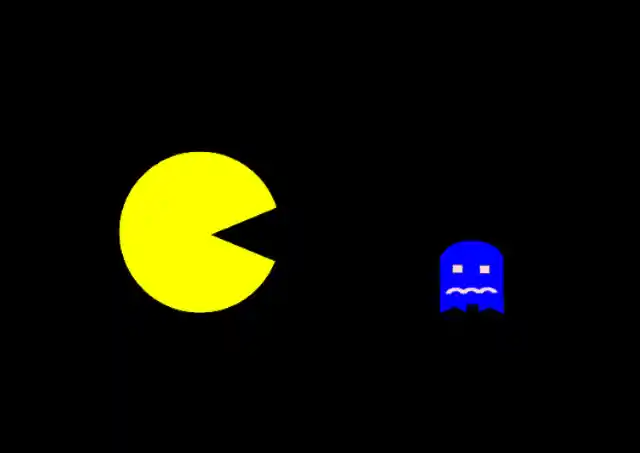
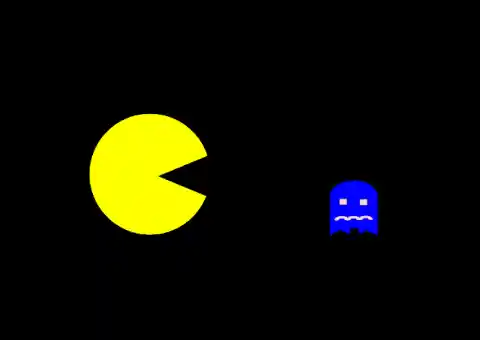
Prior to Pac-Man’s creation, there weren’t many games that didn’t have themes of violence. Games such as Asteroids, Space Invaders, and Tail Gunner were popular and played by shooting your enemies with guns or lasers to destroy them. Pac-Man offered a departure from these themes, with the player’s goal being to avoid enemies most of the game, not shoot or destroy them.
Toru Iwatani, Pac-Man’s creator, had felt that there weren’t any games that women and everyone else could enjoy. He felt there was a gap in the market for a more comical, light-hearted game that everyone wanted to try their hand at.
What could be more fun than eating? Pac-Man includes whimsical, fun elements such as chomping fruits and pellets, cute-looking ghosts chasing you, and bright colors. To build the wonderful world of Pac-Man, Iwatani credits inspiration from childhood mangas and the Popeye cartoon.
How To Play Pac-Man
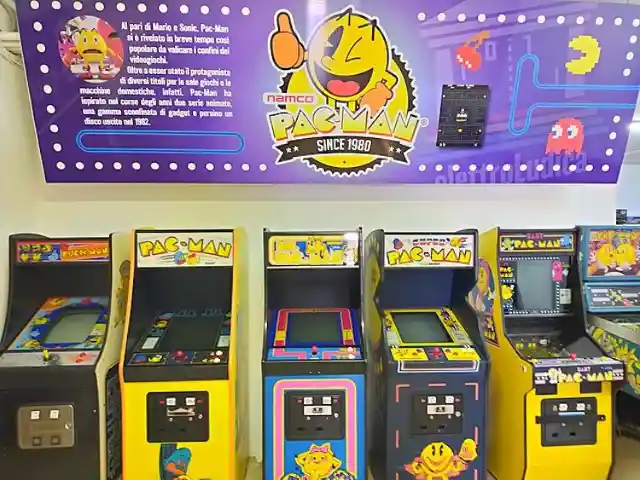
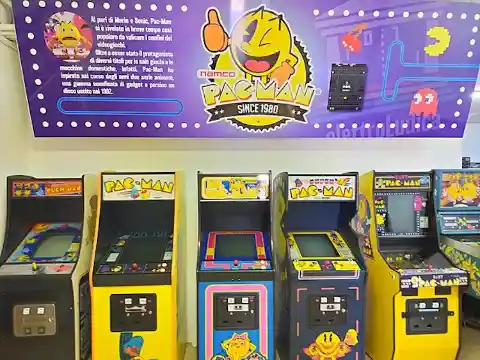
The player plays as Pac-Man, who appears as a round, yellow shape with a cut-out mouth. The goal of the game is to make Pac-Man eat as many pellets as possible, all while avoiding the four colorful ghosts chasing him. Each pellet is 10 points, with 240 pellets total for Pac-Man to eat. There are also fruits like cherries, strawberries, oranges, and apples, that Pac–man can eat to gain more points.
If you can get Pac-Man to eat a large flashing pellet called a power pellet, the ghosts enter Frightened mode and will run away from Pac-Man instead of chasing him. Pac-Man can then eat the ghosts for more points, and clear the maze in a faster time.
However, as the player clears more levels, the game gets more and more challenging as the ghosts get faster and faster. The ghosts also have unique patterns that they follow to make the game more difficult and make the player stay on their toes.
The Impact of Pac-Man

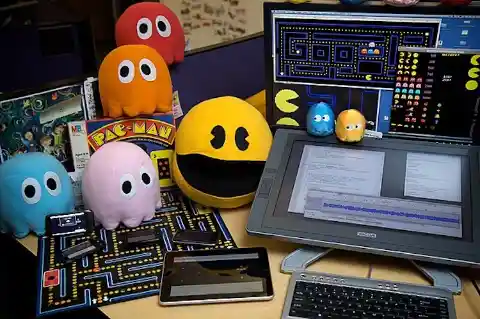
Upon the release of Pac-Man, it didn’t take long for people all over to become obsessed. The game was fun, new, and innovative. It turned out that Toru Iwatani’s hunch was right, and the non-violent themes of the game did allow it to reach a wider audience. For many, it was their first experience with a video game. Women and men, teenagers, young kids, and older adults started pouring into arcades to play the exciting new game.
In 1982, Americans were estimated to have spent $8 million in quarters per week playing Pac-Man in venues like bars and arcades. Some cities felt that Pac-Man fever and excitement was getting a little too high, and imposed rules. In Des Moines, Iowa, if someone was under 21 and wanted to play Pac-Man, they had to be accompanied by an adult. Some areas mandated that arcades needed to be a certain distance from schools. In the city of Marshfield, Massachusetts, coin-operated arcades were outright banned.
Today, Pac-Man remains popular. At Dave And Buster’s, a popular chain arcade, a mega-scale version of Pac-Man can be played. Pac-Man is still a staple in local arcades and arcade bars these days.
Pac-Man inspired offshoots such as Ms. Pac-Man, and also generated a ton of merchandise. It was the first video game to have a main character that everyone recognized and was the first video game to use cut-scenes. Pac-Man was a gateway game into the world of video games for many people in the 80s, and the game is still enjoyed today.
Conclusion
In the ’80s, Pac-Man fascinated and awed us with its engaging simplicity. The game is easy to learn how to play, but difficult to master; making it a game that we come back to again and again over the years and across generations.